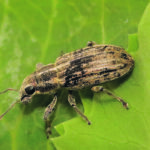The pest typically spreads into new areas by walking, which is another reason its expansion across the Prairies has been slow
It’s been tough slogging for the pea leaf weevil to expand its range in prairie pea and fababean crops. “One of the factors that we think is contributing to diminishing populations, at least here in Saskatchewan, are these hard cold snaps without a whole lot of snow. So these animals are a little bit more […] Read moreTag Archives Pulse Producer
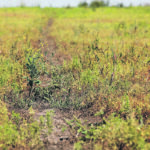
Lentil disease resists control
A Saskatchewan Agriculture survey has found that anthracnose is present in most lentil fields in the province
Many, if not most lentil crops in Saskatchewan, have anthracnose that is resistant to Group 11 fungicides — the strobilurins. That’s one of the findings of a survey, done in 2020, where Ministry of Agriculture staff and agronomists collected samples of diseased lentils throughout Saskatchewan. “It (fungicide resistance) is widespread across the province,” said Michelle […] Read more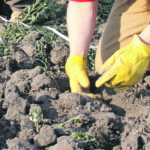
Seed-placed nitrogen performance depends on the type of pulse crop
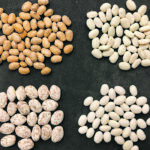
Hardy bean promises solutions for drought
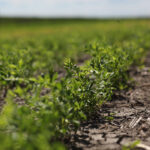
Indian pea shortfall could boost Canadian exports
The pigeon pea crop yielded less than expected in India so Canadian green lentils are a potential substitute
India is running low on pigeon peas and when that happens the country will sometimes import Canadian green lentils as a substitute, say analysts. Last year’s kharif or summer crop of pigeon peas was well below expectations. The government had set a target of 4.82 million tonnes. It estimates the actual amount harvested last October […] Read more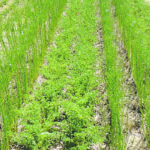
Chickpea and flax intercrop paired-rows
Intercropping done well can give both crops an advantage, provided they have just enough space to do their work
Ascochyta rabiei had resistance to strobilurins, a key management chemistry, at every site in a recent survey of the disease across the prairie chickpea growing region. Michelle Hubbard, a research scientist at Agriculture Canada who led the survey, said the efficacy of fungicides against ascochyta is waning. “There’s issues both with fungicide resistance and with […] Read more
U.S. pea, lentil acres
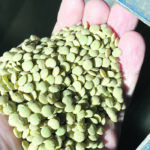
Here’s the new pulse varieties: Now where’s the rain?
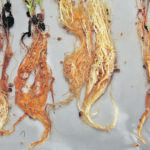
Everybody needs wild relatives
Plant breeders can’t always find the disease resistance in tame populations, so they look further afield
Wild relatives of agricultural crops have powerful genes that crop researchers can use to help cultivated varieties adapt to an ever-changing environment. Kirstin Bett, of the College of Agriculture and Bioresources at the University of Saskatchewan, said disease resistance is a useful trait common in wild relatives of domestic crops that researchers might be able […] Read more
Pulses face off with soy in the alternatives market
Meat replacement demand rising but processors need to adopt more pulse crops in place of wheat gluten and soybean
Global demand for plant-based alternative meat products is expected to skyrocket over the next 15 years, according to a recent report prepared by consulting company Ernst and Young. The report, commissioned by Protein Industries Canada, said the global market for plant-based meat alternatives, such as veggie burgers, plant-based sausages and alternative-meat nuggets, will be valued […] Read more


